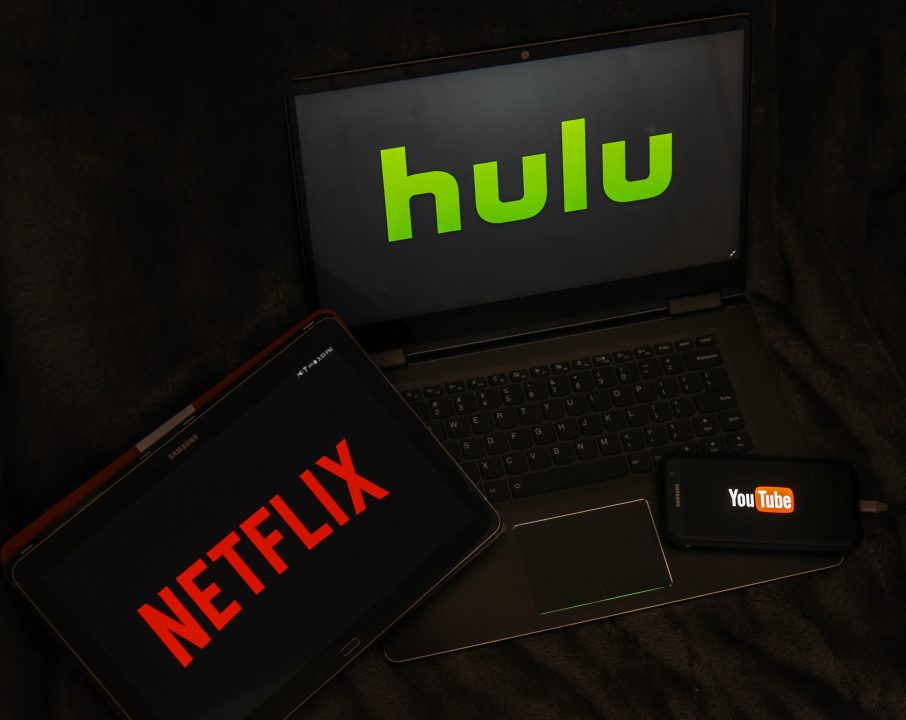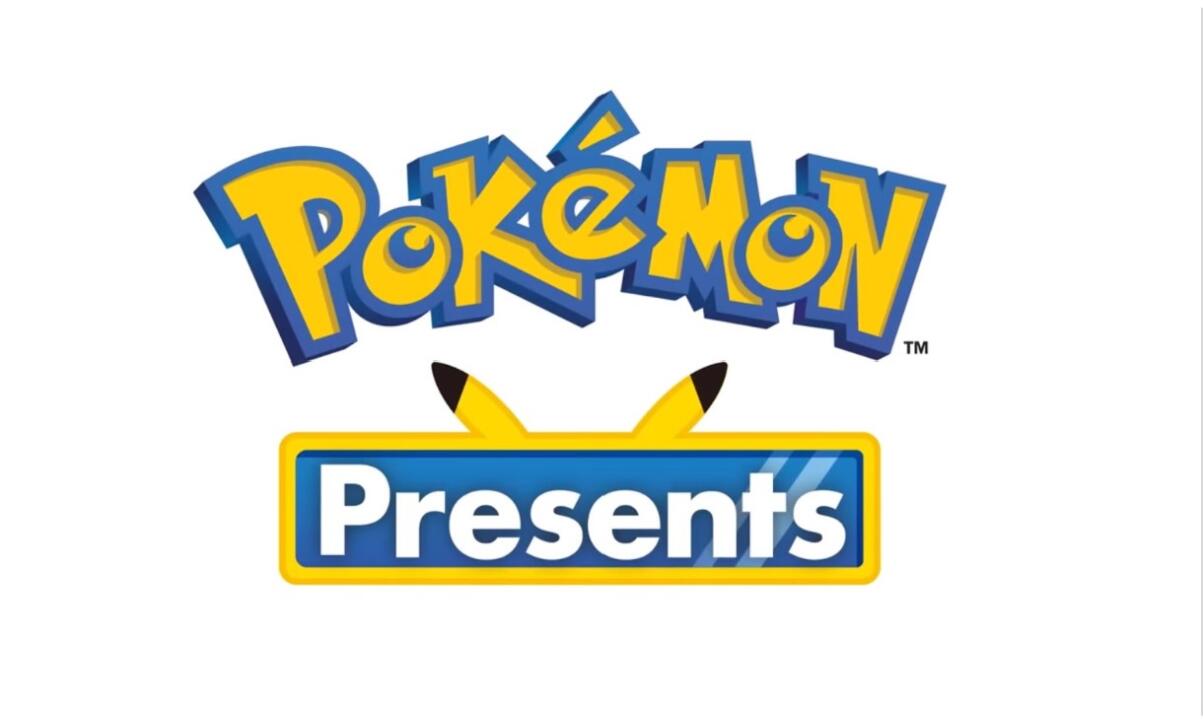Long gone are the humble days of Netflix’s mail-order service, and at this point, its origins shrivel in comparison to the wealth of entertainment the general public has at their fingertips today. Provided that one has a subscription, any person in America has nearly a century of television and film at their disposal, from ’90s sitcoms to Blockbuster epics to contemporary indie flicks. At the time of publication, the most popular things on Netflix include “Twin Peaks,” two Dave Chappelle comedy specials and a neo-noir sci-fi thriller released in 1982, respectively.
There is clear diversity on display here, and this is without taking into account the content exclusive to Netflix. From “What Did Jack Do?,” the David Lynch-directed master class in absurdist monkey-murderer cop procedurals, to “The Irishman,” the Martin Scorcese critical darling chronicling the life and crimes of Frank Sheeran, one can see why Netflix has caught on.
The success story of Netflix, though, should be old news to most, not least of all because of its familiarity. Ever since Netflix hopped the boundary from mail-order entertainment to instant entertainment, streaming services have been the new norm. Aside from Netflix and Hulu, two titans of the industry, there is Amazon Prime, YouTubeTV and the up-and-comer Disney+, just to name a few. Streaming is in.
Before this glut of streaming services was readily available, the most popular long-form television shows dominated all networks. Network television was where viewers caught the newest “Breaking Bad,” “Lost” and “Game of Thrones,” compiling all the attention on AMC, ABC and HBO. Netflix and, later, Hulu, offered little in the way of original content. Streaming was, by and large, a place for reruns and films.
The entertainment industry today is nearly an inverse of this, with many networks taking the first migratory steps towards streaming. Now, waiting an entire week for the next episode of “The Walking Dead” turns most viewers off, as entire seasons are made available to start-up, binge and discard at any time.
Streaming services completely displaced networks as the dominant form of entertainment for many Americans, with every platform producing their own original content. It would have been difficult to foresee Martin Scorcese or David Lynch directing anything for Netflix back when it was a fledgling mail-order company, but this is just what the past few months have seen.
Beyond Netflix, “The Mandalorian,” the Disney+ sleeper hit, ended the decade on a positive note for the company, drawing in many would-be skeptics with grizzled bounty hunters and Baby Yoda, not to mention cameos from Werner Herzog, Bill Burr and Giancarlo Esposito. “The Handmaid’s Tale” attracts viewers for Hulu, and “The Man in the High Castle” does the same for Amazon Prime. For similar reasons, HBO decided to produce the upcoming “Friends” reunion for their newly launching streaming service, HBO MAX. All this success holds some implications for the future of entertainment.
Much has been said about “The Office” leaving Netflix for the upcoming NBC streaming service (yet another example of a network transitioning into the streaming platform), but for all the controversy the move has caused, it makes sense. “The Office” is one of the most popular shows on Netflix, and NBC strategizing to prop up its own streaming service secures an audience of some kind.
The “Friends” reunion special, as well as the removal of the show from Netflix, is a similar situation. “Friends” engages a wide audience, many of whom had only seen the show through Netflix. Making HBO MAX the only means to access the show brings a guaranteed viewership.
However, neither of these moves are easy for consumers. For all of the advantages of streaming entertainment, asking people to spend another $14.99 for what is, in essence, a single show, is a hard sell. Longevity and diversity have been a key aspect in the success of Netflix and Hulu. Placing such importance on singular intellectual properties is the antithesis to this longevity.
The future of streaming services is uncertain. If Disney+ and “The Mandalorian” have been any indication, audiences are obviously willing to pay for exclusivity, but an oversaturation of these platforms may well run the risk of apathy. If every streaming network offers exclusivity, then none will. Only time will tell if the streaming bubble bursts or if every network on television makes the transition, but if it continues to give audiences products like “What Did Jack Do?,” “El Camino” and “The Irishman,” maybe all the confusion is worth it.


